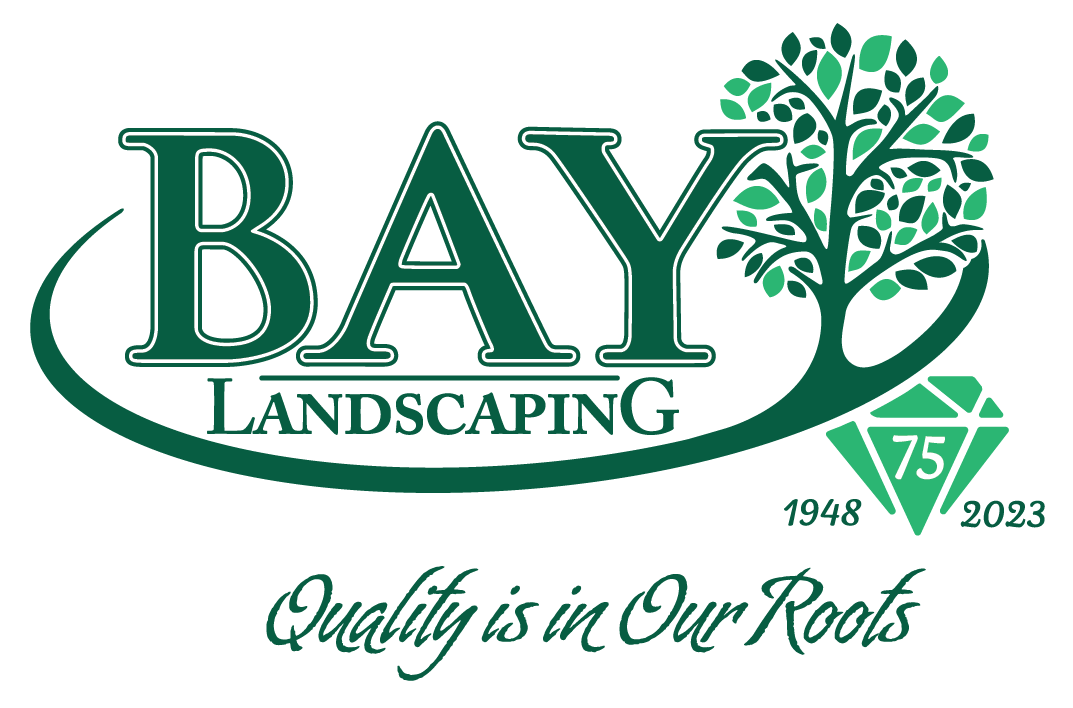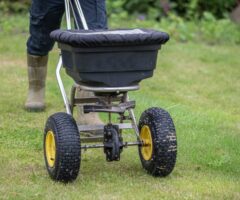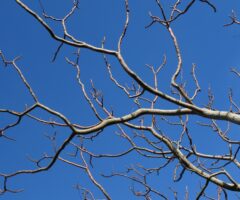Plants and trees in the mid-Michigan region can be plagued by many issues, several of which display similar symptoms. So how can you know what’s wrong with your plant?
While a professional inspection by one of our Bay Landscaping maintenance professionals is always best, here are some initial questions you may want to ask as you look over your landscape.
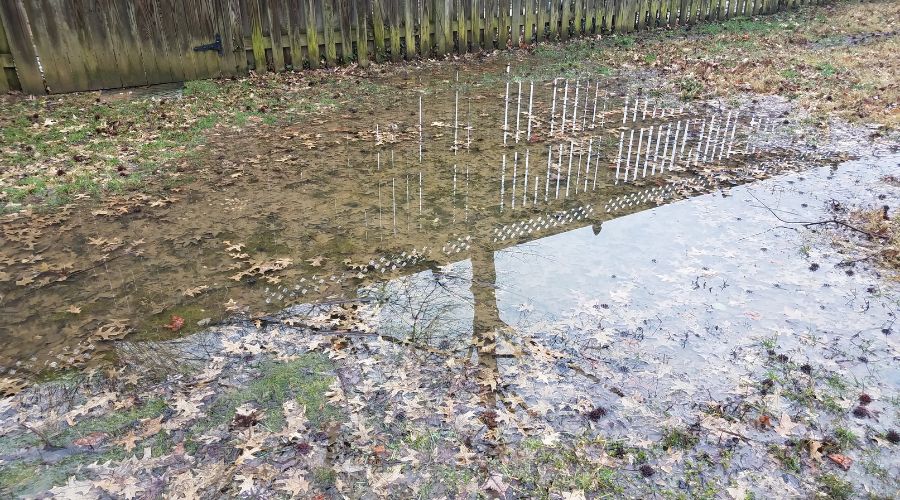
What time of year is it?
While you may be tempted to brush past this question, it can make a big difference. Plants and trees behave differently depending on the season, especially here in Michigan. Deciduous trees will grow buds in spring and lose leaves in fall. Some plants and trees become dormant during the winter months and won’t produce any new growth during that period. Others grow more slowly during the summer.
Determine the season and check if the signs your plant or tree is showing are consistent with the current time of year.

How much water is your plant receiving?
The signs of overwatering and underwatering are almost identical, including:
- wilting,
- yellowing or browning leaves, and
- stunted growth.
To tell which problem is affecting your plants, you’ll want to check the soil and see how moist it is. Some plants and trees need a time where the soil is completely dried out before the next watering.
Plants and trees can also suffer from salt damage, which can lead to signs of underwatering in the spring called salt burn.
If you use any kind of irrigation, check if it is working properly and if it is reaching your plants, if there are any leaks, or if water is pooling in any locations.

What is the color of your plant or tree’s leaves or needles?
If the leaves aren’t the color that they should be, it could point to a variety of issues, including:
- A disease or pest issue
- Not enough nutrients or not the right nutrients
- Too much or too little sun
- Incorrect planting location
- Incorrect watering (see above)

Are there holes in the leaves of your plants?
When there are holes in your leaves, it often points to an insect pest. Pay attention to where the holes are located. Are they on the edges of the leaf, or towards the middle? This may help you discover which pest is plaguing your plant or trees.

Are there spots on the leaves of your plant?
Many trees and plants have issues where spots appear on the leaves. In most cases, this is caused by a disease. It is often more of a cosmetic issue than something that may harm your plant, but you may still want it evaluated by a professional.
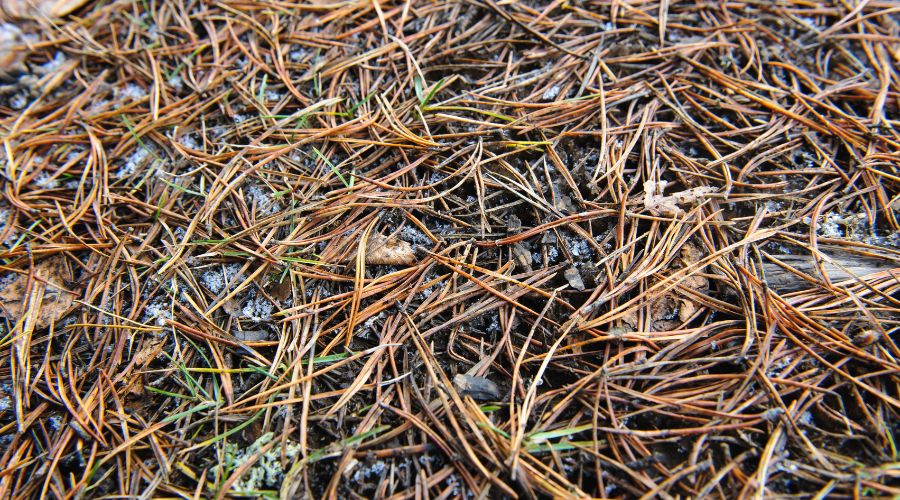
Are the leaves or needles falling off your tree or plant?
Deciduous trees lose their leaves in fall, and coniferous trees also drop some of their needles during a process called “needle cast.” These are both normal occurrences and are nothing to worry about.
If your leaves or needles are falling for any other reason, however, it could point to a more serious issue.

Is your tree leaning?
Saturated soil, root issues, and a tree planted in the wrong soil type can lead to leaning trees. Also make note of the sunlight the tree receives – if a tree needs full sun but is planted in an area that receives shade most of the day, the tree may be trying to lean towards an area with more sunlight.
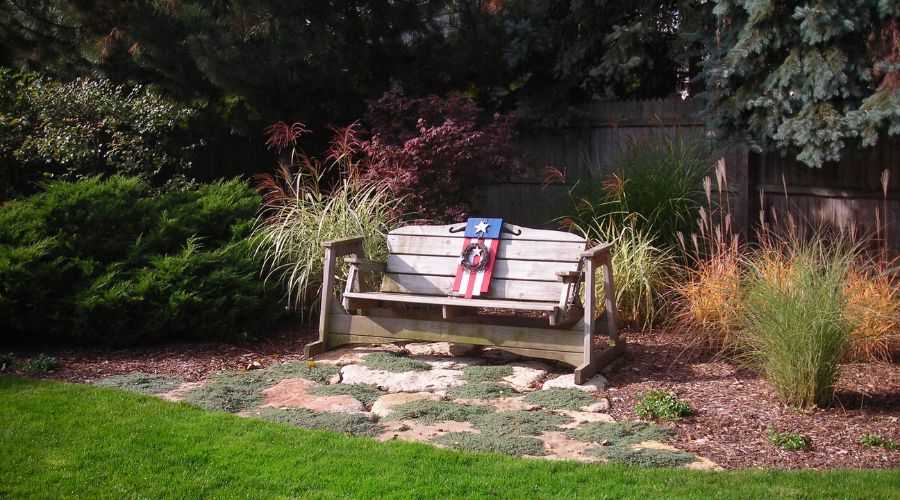
What should you do if you spot issues on your plants or trees?
Check for any of the issues listed above. You can do some research on what the problem may be and if there is a solution. You may find some answers in our “Ask the Expert” Q&As.
You can also contact Bay Landscaping to schedule a landscape maintenance appointment. Our team can assist with diagnosis of any problem areas. We also have insecticides and fungicides to target specific insect pests and fungal problems.
Other options for our landscape maintenance program include tree and shrub treatments or fertilizations.
We look forward to working with you and helping you solve the question of “what’s wrong with my plant?”
